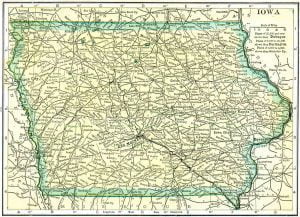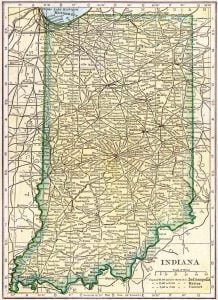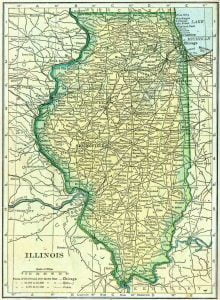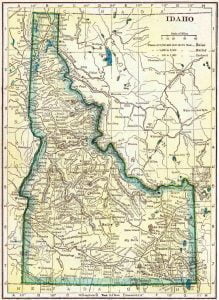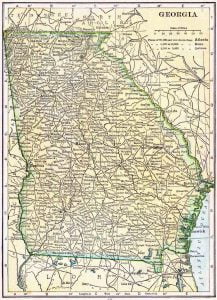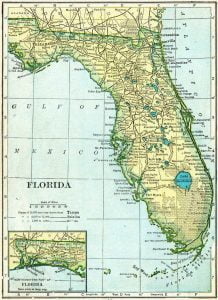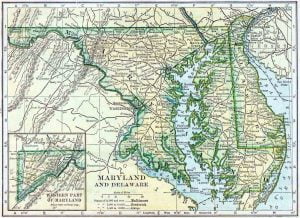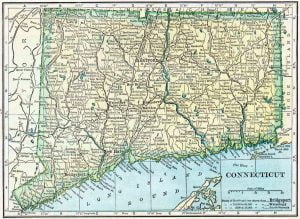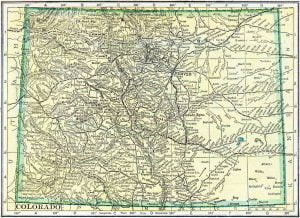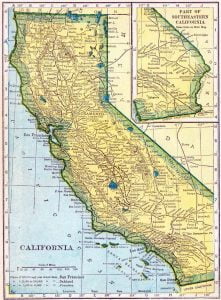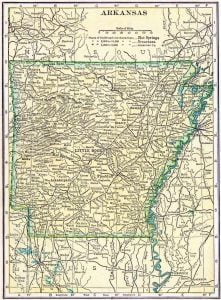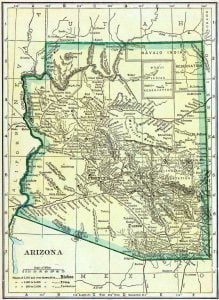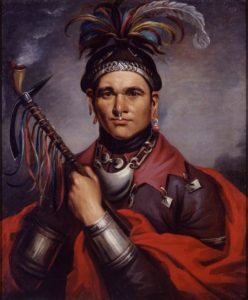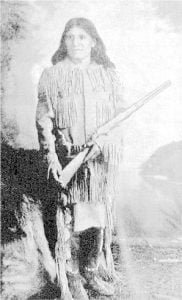Census
Athens County, Ohio 1810 Tax List
Albert, William Alderman, Elijah Alderman, Elisha Alderman, Elisha, Jr. Ames, Silvanus Bailey, John Ballenger, Henry Barrows, Ebenezer Barrows, Ebenezer, Jr. Barrows, George Barrows, Henry Barrows, William Beaumont, Samuel Beebe, Hopson Bils, Maritn Boils, Jacob Branch, Samuel Brown, Benjamin Brown, William Buckingham, Ebenezer Buffington, William Burkingham, Stephen Burrill, Solomon Burroughs, Josiah Cartright, Caleb Case, David Case, Eliphalet Chadwicke, Levi Clark, Obadiah Coleman, Samuel Coleman, Thomas Connett, Abner Cooley, Caleb Cooley, Jabez Cooley, Simeon Cowdery, Jacob Cowdery, Joel Crippen, Amos Crippen, James Crow, Peter Culver, Ebenezer Cuthrie, Joseph Dailey, David Dailey, Silas Dains, Jeptha Danielson, Luther Davis, Benjamin Davis, J. Reuben Davis, … Read more
Condition of New York Indians in the 1890 Census
This collection of material provides an extensive look into the New York Indian tribes as they existed in 1890. While some attention is given to the remnants of the Long Island Indians, most of the material is specific to the Six Nations. The data includes maps of the Reservations, and lists and photographs of occupants of those reservations in 1890.
Pueblo Indians of New Mexico and their Customs
Whatever changes have been made in the daily life, manners, and customs of the Pueblos are shown in the reports of the special agents, but change is the exception with these people. Comparing present conditions with the descriptions for 30, 50, or 300 years ago, one finds the Pueblos in many details now about as then. Marriages are performed in some of the pueblos after courtship and are celebrated by a priest when there is one at hand, but the old ceremonies of the Pueblo faith are also performed, either before or after the marriage, by the priest. H. H. … Read more
Mescalero Apache Reservation
The area of New Mexico was acquired by the United States by capture and the treaty of Guadalupe Hidalgo of February 2, 1818, and the Gadsden purchase of December 30, 1853. The Indians discovered therein by the Spaniards in 1539 were the Pueblos, or Towndwellers, along the Rio Grande or on streams tributary to it, the Apaches, in the south and west, some Utes in the north, with occasional foraging parties of Comanches, Pawnees, Sioux, and others. The Texan Indians, including the Lipans (Apaches), frequently roamed the southeastern portion and down into Mexico. The Navajos (Apaches) were the fierce and … Read more
Condition of the New Mexico Indians in 1890
This is an extensive report on the conditions affecting the New Mexico Pueblos in 1890. It provides an interesting look into the culture and life in Pueblo villages at the turn of the Nineteenth Century. It describes the conditions in which the various Pueblo people live: their houses, food, farming, dances, etc.

